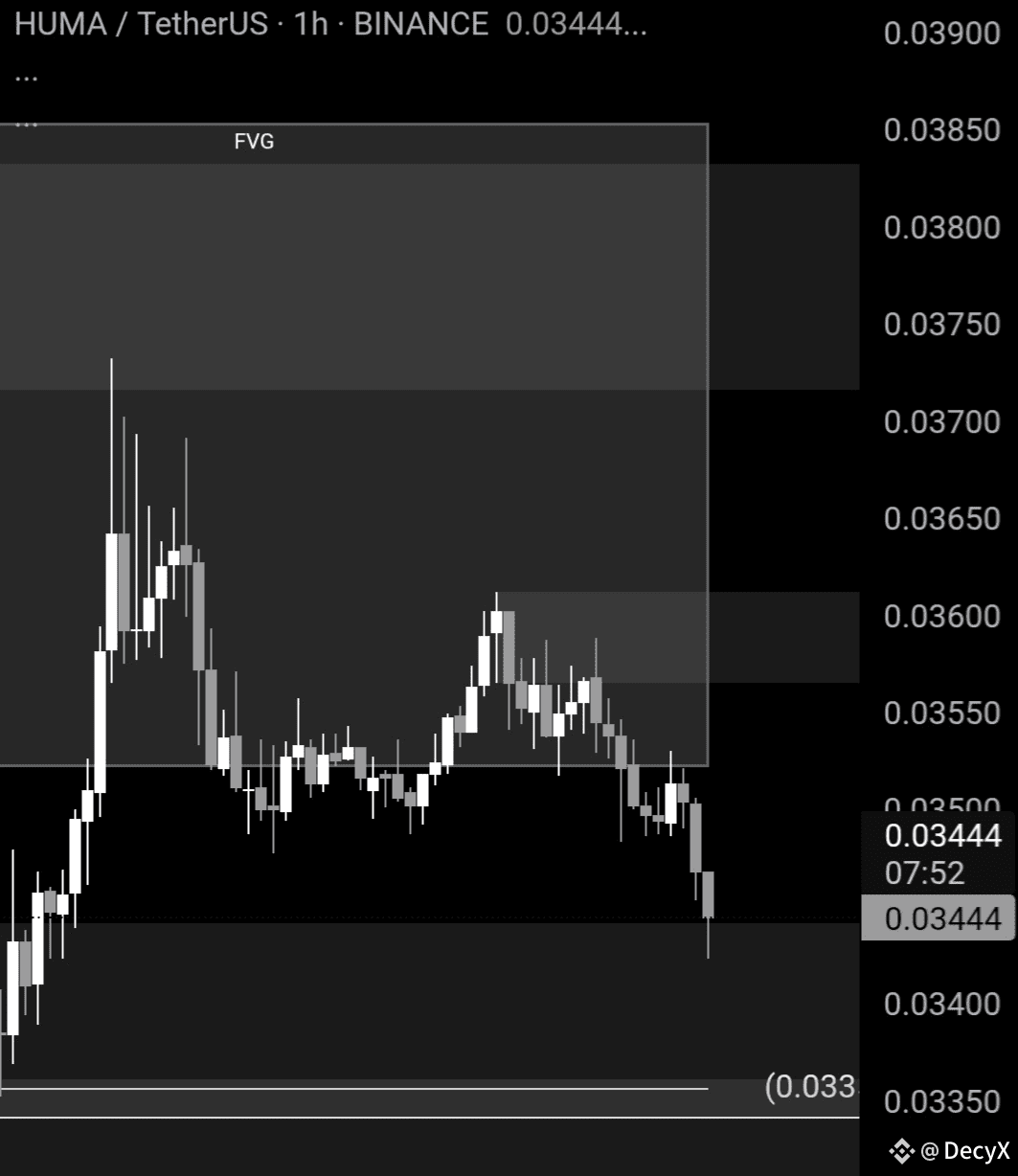Introduction
Huma Finance is pioneering a new era in decentralized finance by unlocking the potential of on-chain credit and real-world asset (RWA) lending. Unlike traditional DeFi projects focused only on speculative trading, Huma introduces a sustainable, scalable model where businesses, institutions, and individuals can access real credit markets on-chain. By bridging liquidity with real-world borrowers, Huma enables a trustless, transparent, and efficient credit ecosystem, redefining how money flows in Web3 and beyond.
Overview
At its core, Huma Finance is building the credit infrastructure layer for Web3. This includes protocols for invoice factoring, revenue-based financing, working capital lending, and other credit products, all designed to support real-world businesses. Instead of DeFi’s traditional over-collateralized models, Huma focuses on cash-flow-based lending - bringing a practical, scalable, and sustainable credit system into crypto.
Core Offerings
• On-Chain Credit Protocols: Enables lending against invoices, future revenue, and working capital.
• RWA Integration: Brings real-world borrowers into the DeFi ecosystem without compromising decentralization.
• Liquidity Pooling & Yield Generation: LPs provide capital while earning sustainable yields through real-world repayment streams.
• Programmable Credit Models: Tailored credit products for different industries (e.g., SMBs, creators, fintech).
• Partnership Ecosystem: Working with financial institutions, fintech apps, and DAOs to scale adoption.
Technical Edge
1. Programmable Credit Contracts – Smart contracts automate underwriting, repayment, and distribution of funds.
2. On-Chain Transparency – Every loan, repayment, and default is visible, providing unmatched auditability.
3. Tokenized Debt Instruments – Credit exposures can be packaged, tokenized, and traded in secondary markets.
4. Integration Layer – Works seamlessly with existing stablecoins, DeFi protocols, and liquidity providers.
5. Scalable Model - Moves beyond overcollateralization to cash-flow-based lending, allowing broader participation.

Innovation & Ecosystem Momentum
• Expanding Credit Access: Huma is creating new rails for credit in Web3 - something that has been missing in DeFi.
• Real-World Adoption: Partnering with SMEs, fintechs, and payment platforms to bridge on-chain liquidity with real borrowers.
• Next-Gen Credit Infrastructure: Pioneering modular credit marketplaces where developers can build new lending applications.
• Sustainable DeFi Yields: Moving away from unsustainable “ponzinomics” to real economic value.
Why It Matters
• Huma Finance tackles DeFi’s biggest limitation: lack of real economic use cases. By enabling on-chain credit, Huma is:
• Giving businesses access to fast, transparent, and cheaper credit.
• Providing investors with sustainable yield opportunities backed by real-world repayment.
• Laying the groundwork for a decentralized credit economy that could rival traditional finance.
• This is not just DeFi innovation - it’s the beginning of a real financial revolution.
• Huma Finance addresses one of the most pressing gaps in the DeFi sector: the absence of true credit infrastructure. By shifting from overcollateralization to cash-flow-based lending, it opens the door for millions of businesses worldwide to access capital directly on-chain. Its architecture, focusing on programmable credit models and RWA integration, positions it as a serious contender to disrupt global credit markets. For institutional investors, Huma provides a regulated, transparent, and scalable framework to participate in lending.
• Think of Huma as the “credit superhighway of Web3.” Just as the internet transformed information access, Huma is transforming credit access - making lending programmable, borderless, and fair. Every unpaid invoice, every future revenue stream, every growing business now has the chance to tap into global liquidity pools without middlemen. This isn’t just DeFi 2.0; it’s the foundation of a new credit economy where money truly works for people.
• In a world where global businesses struggle with slow bank loans, rigid credit systems, and unequal access, Huma’s relevance is undeniable. It offers real-world solutions for SMEs, creators, and startups, turning Web3 into a practical financial ecosystem. As regulators, institutions, and innovators look for sustainable blockchain applications, Huma demonstrates how DeFi can be directly relevant to global finance - bridging the gap between crypto innovation and real-world needs.
Conclusion
Huma Finance is not just another DeFi protocol - it’s a paradigm shift in digital finance. By merging on-chain credit infrastructure with real-world lending, it provides a sustainable, scalable model for the future of finance. For developers, it’s an open layer to build on. For businesses, it’s a lifeline of accessible credit. For investors, it’s sustainable yield backed by real repayment streams.
In short, Huma Finance is setting the stage for a global, decentralized credit economy - one where opportunity is not limited by geography, intermediaries, or outdated financial systems.
@Huma Finance 🟣 #HumaFinance $HUMA